Located along the banks of the historic Uji-gawa River 宇治川 between the ancient capitals of Kyoto and Nara, is an equally important and historical city of Uji which has flourished as a crossroad between the two ancient capitals for centuries.
Easily accessible by train from Kyoto and Nara via the Nara Line, a train ride from Kyoto Train Station to Uji Train Station via the JR line would cost 230 yen only and free for JR Rail Pass Holders.
The major landmarks of Uji located in close proximity of the JR Uji Train Station. The city is also accessible via the private Keihan Lines from Demachiyanagi to Inari stations in Kyoto.
Uji is famous for its numerous sites associated with first novel of the world, the Tale of Genji and the Burgundy or Bordeaux of the Green Tea World: a prime green tea cultivation region.
Connecting the two banks of the Ujigawa River 宇治川 is the Uji Bridge. According to the Tale of the Heike, the bridge was the site of the Battle of Uji Bridge taken place in 1181 where Prince Mochihito, the figurehead of the rebel force against the Taira clan was killed the small Genji Force was defeated.
Be in awed by the wide expanse of the Uji-gawa River as you walk along the Uji Bridge and admire the elegant forms and shapes of the river bridges of Uji in the background with mountains as backdrop.
Uji-gawa river flows out from the largest lake in Japan, Lake Biwa. The gigantic lake was being tapped for power and water for the surrounding cities by the Amagase Dam further upstream. During certain times of the year, water would be discharged from the dam, thus entrance to the Uji River bridges will be closed except for the main Uji Bridge.
The Daikichi-yama Mountain 大吉山 which means “Excellent Luck” in English is located on the east bank of the Uji-gawa River. One of Japan’s oldest shrines dating back to the 11th century, the Ujigami Jinja 宇治上神社 can be found along the Sawarabi Path towards the Daikichi-yama.
The shrine has two signature mounds and it was originally built as a guardian shrine for Byodo-in Temple located on the West Bank of the Uji-gawa River. The Inner Shrine is a registered National Treasure built in the style of the Heian Period.
After a relatively easy climb with stone paths and gentle slopes up to the observatory of Daikichi-yama, also known as Buttoku Mountain.
At the observatory, you will be treated to a panoramic view of Uji, you could see the Uji River and her many bridges as well as the Phoenix Hall of Byodo-in Temple. This landmark found its way into the currency of Japan as a motif on the front design of the 10 Yen Coin.
For the more adventurous souls, you could continue climbing up the mountain along a path that leads you to Kosho-ji Temple.
Uji is a major tea-growing region in Japan, like Napa Valley in the United States or Bordeaux in France. Uji Green Tea is so famous that you could find them in many teahouses, restaurants and even vending machines in Kyoto or rather the Kansai Region, even the Kansai International Airport has Uji Green Tea for sale.Unsurprisingly, there was no shortage of tea shops around Uji or shops selling green tea ice cream, cha-soba etc around Uji. Hooked on Matcha Ice Cream ever since eating one in Arashiyama, I decided to have my Matcha Ice Cream fix at Oochaman Honten 大茶万本店 located on the east side of the river near the junction at the eastern end of the Uji Bridge.
I had a Matcha Ice Cream for 500 Yen. It was not too sweet with a nice aromatic matcha flavour. The ice cream was very rich, thick and smooth in the texture with a slight milky aftertaste as well as a hint of bitterness from the green tea.
The ice cream was served drizzled with green tea syrup and came with slightly sour and sweet slices of orange to add an interesting refreshing citrus note to the sweet green tea ice cream. All in all, an enjoyable dessert!
Getting the tea is a challenge with so many tea-shops. Luckily I did some research beforehand online and on Japan’s version of OpenRice or HungryGoWhere. I decided to get the Mizudashi Sencha (100 grams) for 1500 yen from Itohkyuemon 伊藤久右衛門 located on the west bank of the Ujigawa River along the road leading to Byodo-in Temple. The tea was prepared eight hours before hand and stored in the fridge for 8 hours before serving it chilled. It has a very clean, delicate flavor yet very fragrant at the same time. On top of that, it has a cooling effect which makes it so popular during the summer season and perfect for your Singapore climate.
I also got a similar kind of tea from Tokichi 中村藤吉 located just opposite Itohkyuemon, they also have a main branch in front of JR Uji Train Station. Theirs has a heavy taste and more wholesome in flavor. The Tonkichi shops also have a teahouse which was fully packed with a long queue within an hour after it was opened.
Lunch was settled in a gourmet ryokan located on the west bank of the Uji-gawa River along Ajirogi-no-michii called Aiso Ryokan 鮎宗. The gourmet ryokan offers seating next to the river (with shelter) and an indoor seating area within the ryokan itself. For scenic views of the Uji-gawa River, I recommend sitting at the sheltered area with tatami mats etc by the river.
My order was a 2200 Yen Set Lunch consisting of Cha-Soba Noodles, Iimushi and Kago-mori (basket of assorted dishes). Beautifully decorated and arranged, it was a feast for the eyes before I could start eating.
Within the Kago-mori, there was a dish that was like a de-constructed salad with a piece of chicken, tomato, corn and yam all seemed to be stewed or steamed. Something light and clean on the palate.
There was a transparent bowl of some vegetables with lime juice. Very refreshing and simple.
A blue glass bowl contains brown tiny anchovies that were crispy and sweet.
A yellow bowl contains Red ‘kueh’ topped with miso paste. A chewy side dish with a wasabi-like spiciness that came from the sauce.
The star of the Kago-mori is the ayu (sweet fish) that is in season during the Summer Season. Very tantalizing dish, the sweet was quite sweet and soft. Yes you can actually eat the whole thing.
Soup was a clear soup with spring onions, coriander etc. I love the coriander added to this warm, hearty soup.
The Unagi Iimushi is steamed glutinous rice topped with Unagi wrapped in Bamboo skin. It was quite good. I enjoyed the slightly charred, natural, smoky flavor that has infused into the dish but at the same time, I found the dish to be a tad too dry to my liking.
The Cha-Soba has got to be the star of all dishes in this set lunch. It was one of the best I had thus far and made all that travelling to Uji (besides the green tea) so worth it. The noodles were hand-made by the ryokan and it was very smooth, silky, springy and not sticky at all.
The noodles came served with a bowl of sauce with a dish of condiments. The sauce was very clean tasting with herbal tones and a savory finish which when very well with the matcha infused cha-soba noodles which carries the hint of the green tea fragrance.
Aiso Ryokan is a gourmet ryokan which means they specialized in food besides being a place to stay. This meant that patrons can look forward to a good meal during their stay in Aiso Ryokan. Located conveniently near all the major sights in Uji such as the Byodo-in Temple and a Tourist Information Centre, it seemed to be a nice place to stay if you are spending a night in Uji.
The trip to Uji turned out pretty well, I love the quiet parks that lined the river where I was able to spend some time alone admiring the river flow and doing my own sketching. There are plenty of places to eat too and if you really love green tea, this is a place you must visit.
Take note that you should come early but not too early around 10 plus or 11 plus as most of the shops and restaurants only open around that time. The place can get really crowded with tourists during the late morning and afternoon.

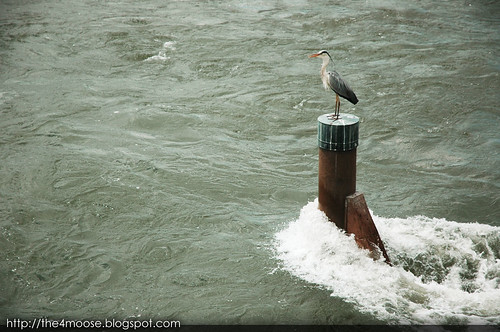
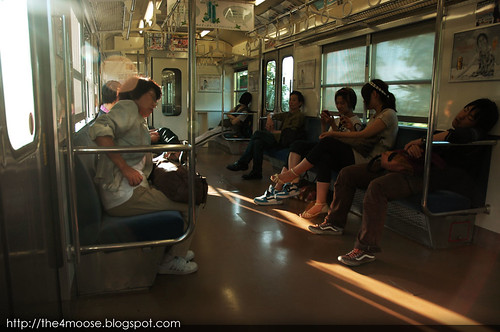
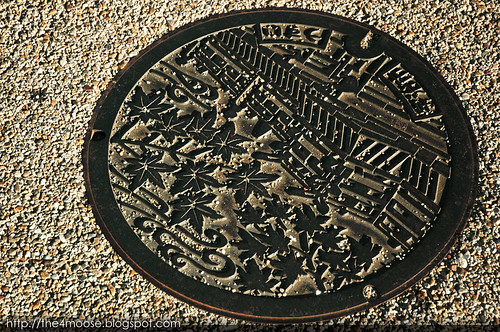
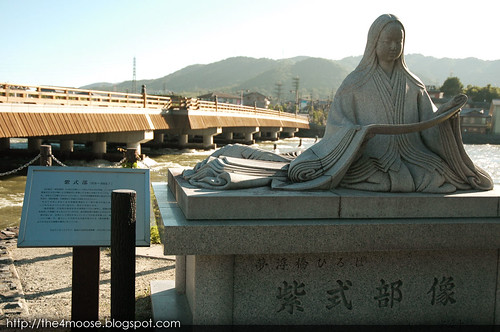


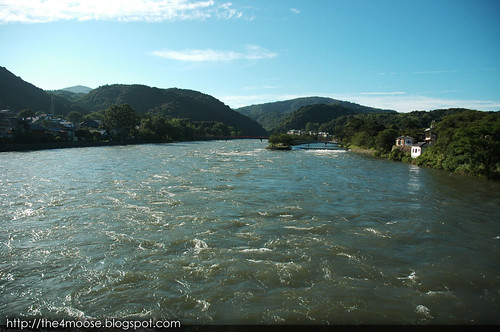
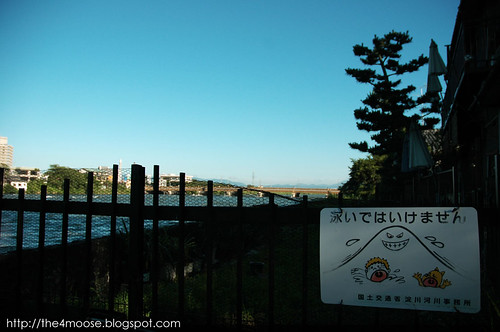
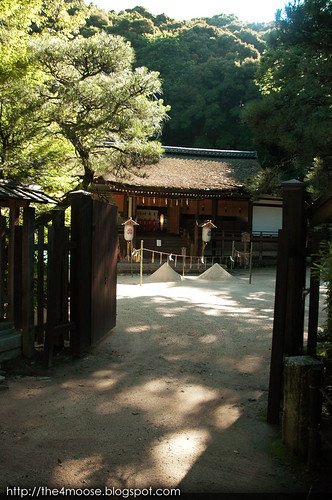
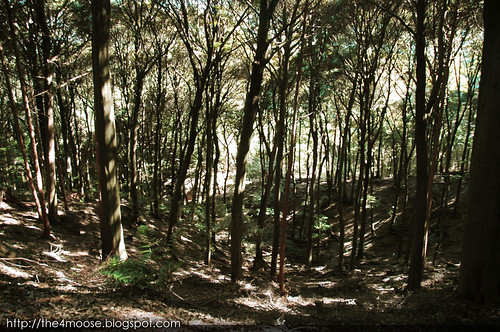
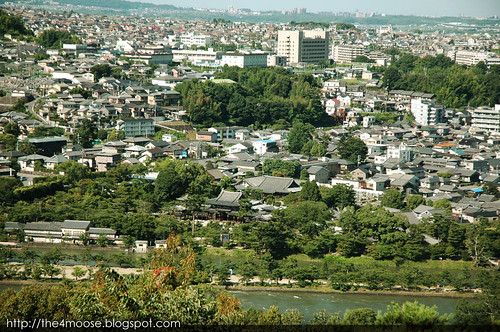
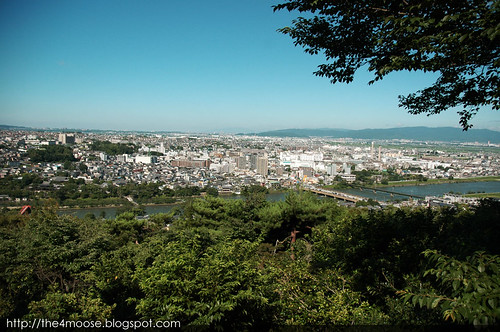

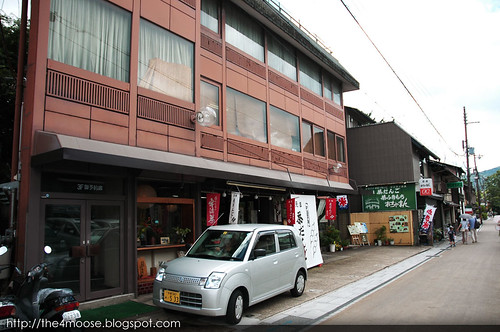
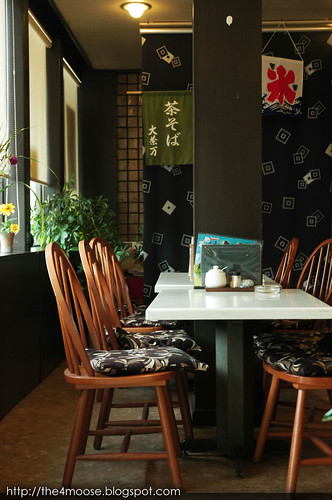
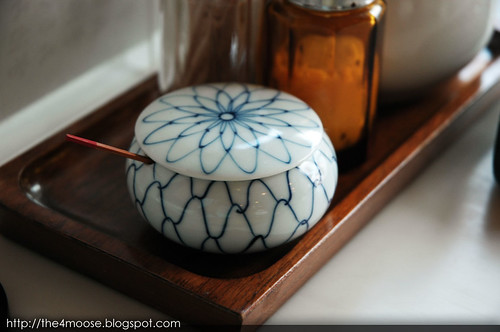
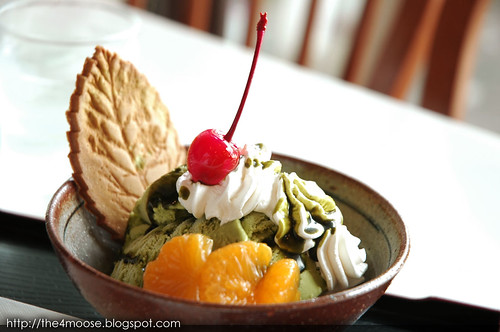
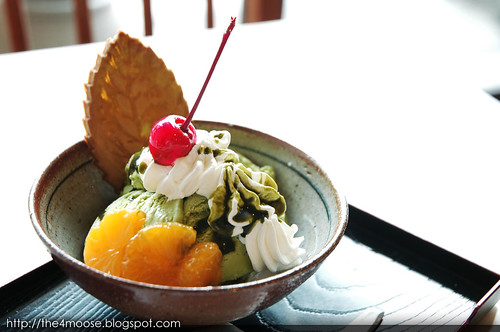
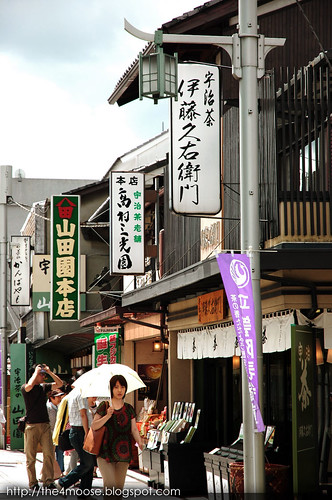
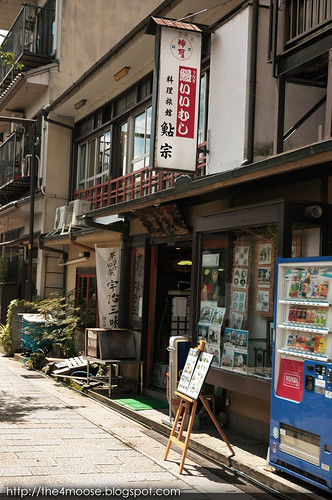

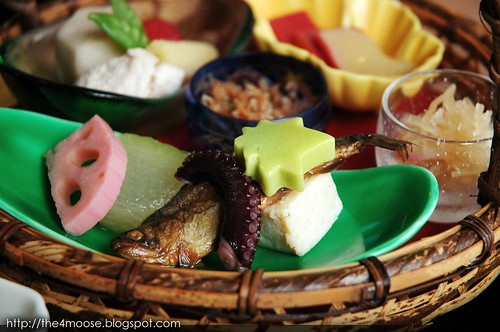
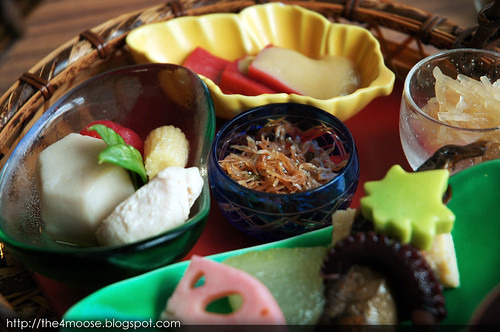


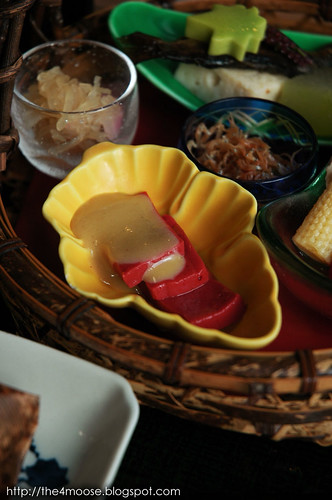


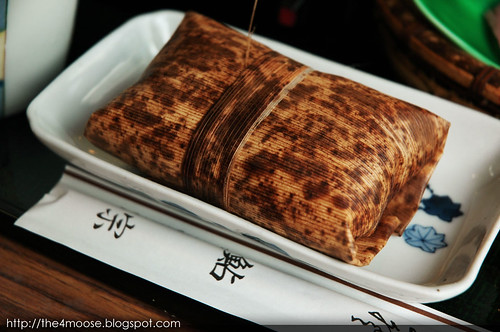

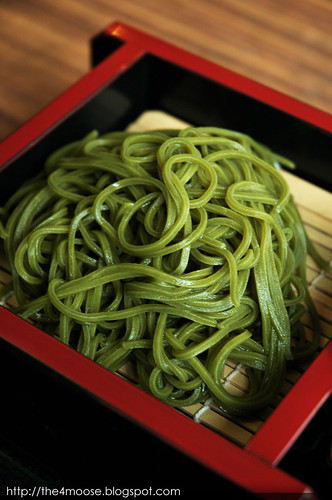
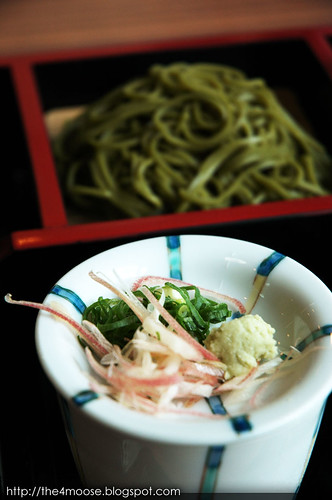
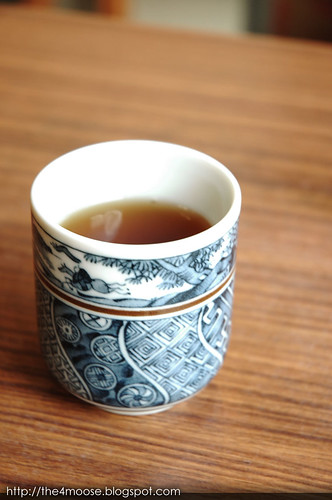
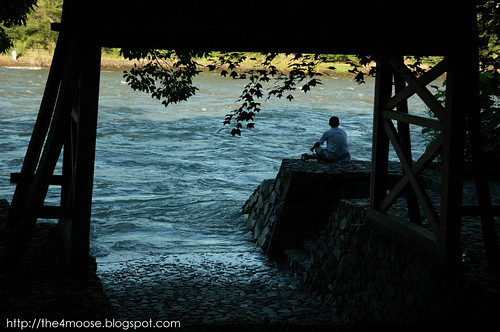
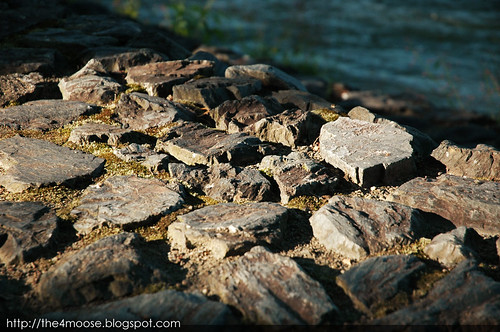
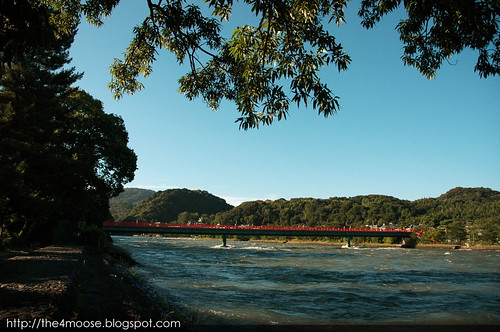














0 comments:
Post a Comment
Note: Only a member of this blog may post a comment.